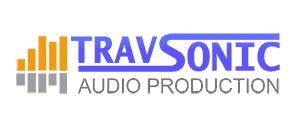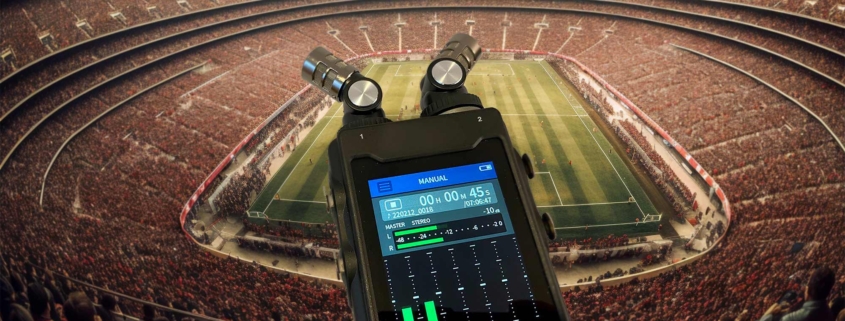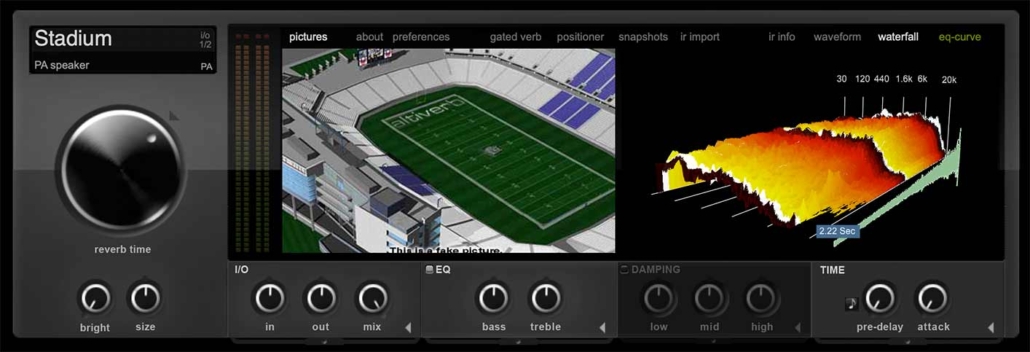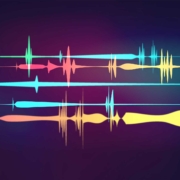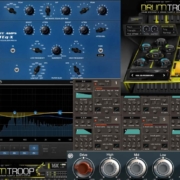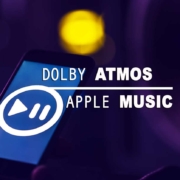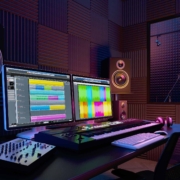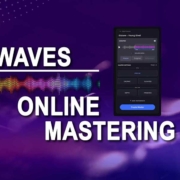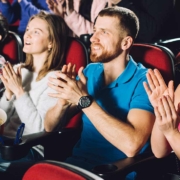What is Walla Recording for Film and How to Master This Essential Audio Technique
The murmur of a crowd is usually recorded by voice actors in audio post-production studios such as an ADR stage.
The term “walla” recording is derived from the sound of a group of people murmuring in the background. The group chatter is normally used to blend in with the background of the main dialogue.
It is said the name was invented in the early days of radio where several people would repeat the word “walla” which was a substitute for saying a conversation or actual words. The group of people would just say “walla” over and over making it sound like an actual crowd conversation when mixed together.
First used by film and television sound professionals to describe a specific style of background noise that was recorded to create an atmosphere in a scene, Walla is typically used to simulate conversations between multiple people.
This technique is used to create realistic background crowd chatter and ambient noises for films, television shows, and video games. Just like Foley, Walla recording has had a major influence on how films are made today, from its use of multiple microphones to its impact on post-production sound design. In this article, we’ll explore the history of Walla Recording and how it has shaped the modern film industry.
How is Walla Recording used in film and radio?
Walla recordings are used extensively in radio and film production, as they help to create an immersive experience for the audience. They can also be used to add texture and depth to dialogue scenes or to create an atmosphere of tension or suspense. By capturing a variety of sounds from different sources, walla recordings can help bring scenes in films and radio dramas to life.
It involves the capture of ambient chatter and other sounds from the environment to create a realistic atmosphere for the listener. Walla can be recorded either on the field such as a soundstage or in the recording studio.
How are voice talents recorded for Walla?
A group of voice actors are recorded at once recreating certain conversations such as a restaurant, sports game, lobbies, and other events. Multiple recording passes can be done to create larger crowds. Voice talents stand or walk around a microphone in a circle murmuring words or having conversations appropriate to the scene of the film. The recordings are then edited and mixed at the audio post-production stage for audio backgrounds supporting the dialogue in the final production.
How to Set Up and Record Walla Audio in the Studio
Recording walla audio in the studio can be a daunting task for many sound engineers. However, with the right preparation and knowledge, it can be a breeze. Choosing the right microphone is an important part of getting great walla audio recordings. There are two main types of microphones that can be used for walla audio:
Ambient mics and dynamic microphones. Ambient microphones capture the ambiance of a recording environment, measuring sound sources such as room reverberation, ambient noise, and other sounds within the recording space.
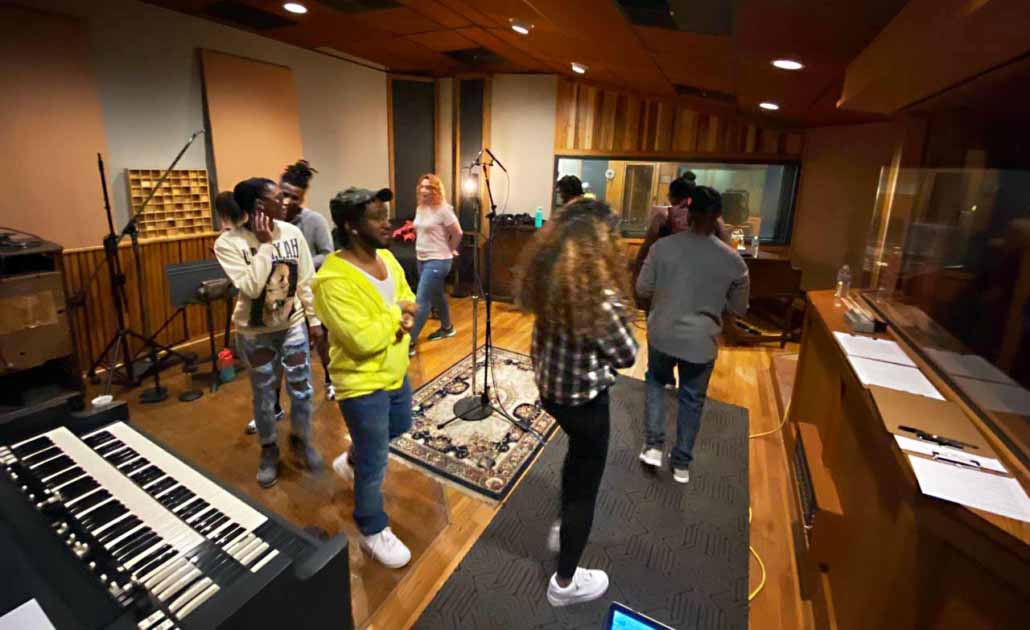 Dynamic microphones are the most popular choice for speaking directly into them due to their robustness and versatility. Unlike condenser microphones, dynamic mics don’t require an external power source, which makes them ideal for no-frills applications such as podcasting or public speaking. Furthermore, they are also able to handle extremely loud sound sources without distortion. For these reasons, dynamic mics are ideal when speaking directly into them in any setting.
Dynamic microphones are the most popular choice for speaking directly into them due to their robustness and versatility. Unlike condenser microphones, dynamic mics don’t require an external power source, which makes them ideal for no-frills applications such as podcasting or public speaking. Furthermore, they are also able to handle extremely loud sound sources without distortion. For these reasons, dynamic mics are ideal when speaking directly into them in any setting.
Choosing the Right Recording Environment for Walla Audio
Recording the perfect walla audio is no easy task. It requires a great deal of time and effort to get the right sound. The right recording environment is key to achieving a professional-sounding result. By understanding the acoustics of your environment, you can choose the right recording room to capture your desired effect. With careful consideration and proper planning, you can create an environment that not only sounds great but also helps you save time and energy on post-production work.
The important aspect of Walla is to know how the final recording will be used in the film or final production. For example, if you know the recording will be used in a bar scene in a film, you probably wouldn’t record an open room with a lot of reverberation. Likewise, if you are recording for a gym sports scene, you wouldn’t record in a dead-closed space sound-wise.
Post-Production Modern Processing for Walla
Post-processing can be done to the recordings to add a sense of ambiance in a space with convolution reverbs such as Altiverb. For example, you may have recorded Walla in a soundproofed studio and your scene in a film is in a live concert hall with a lot of reveration. In this case, you would add a convolution reverb via a plugin to replicate how the crowd would sound in a live concert.
Another app post mixers use to process Walla recordings are sound manipulators such as the application Sound Particles, A CGI-like software for Sound Design, capable of using particle systems to generate thousands of sounds in a virtual 3D world.
With Sound Particles you can import a couple of walla recordings and turn them into realistic large crowds. You can make a group of 5 people sound like a stadium of thousands. This can be done without doubling a recording that sounds unrealistic with the same tone and audio repeating. The Sound Particles engine cuts up, pitches, manipulates, and moves the audio around the space up to as many instances as you would like. This is the perfect way to create custom large crowds.
